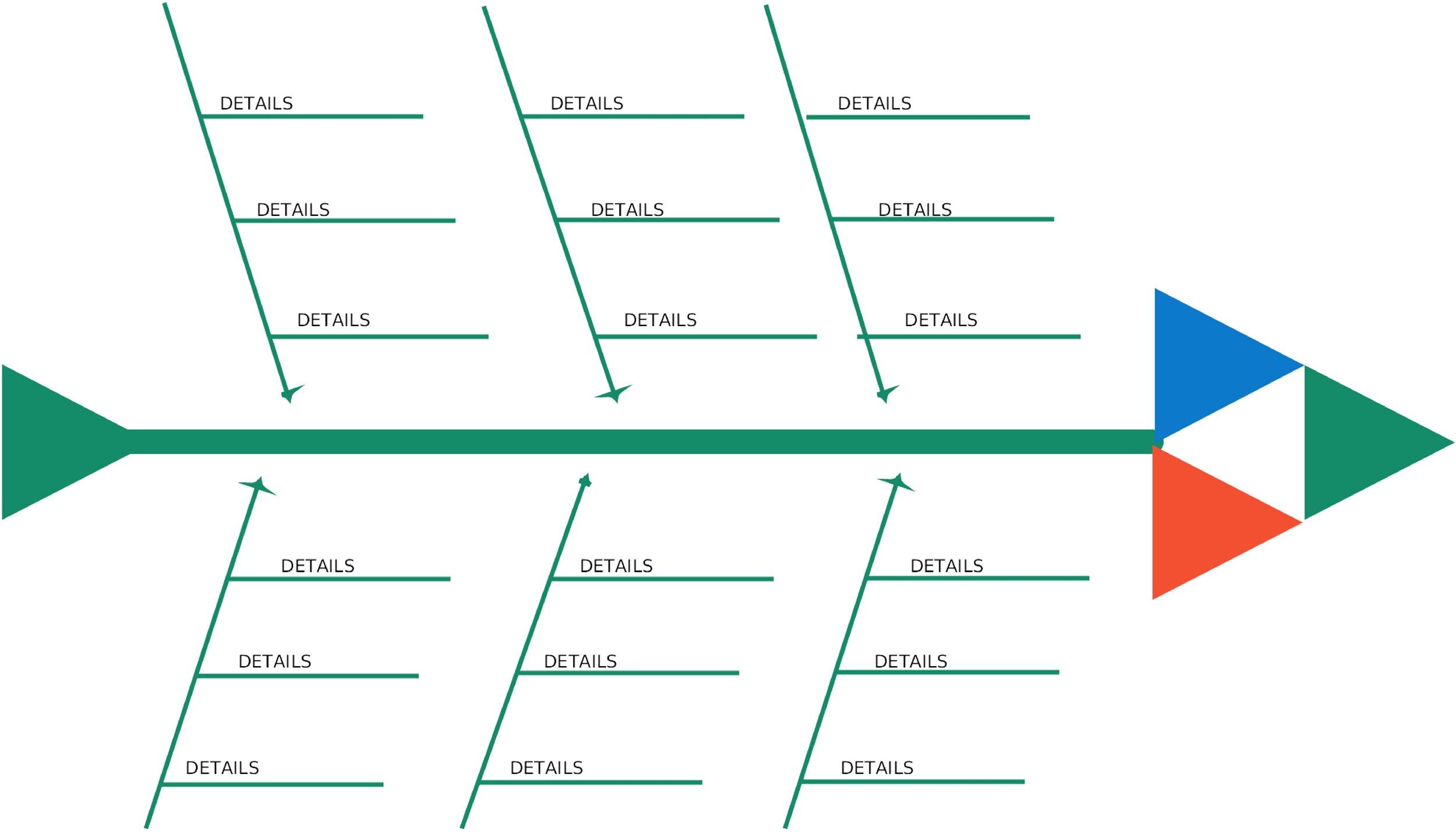
Once the problem is clarified, you need to trace the bones of the fish, and this will define the causes.That’ll be the “head of the fish”, or in this case, the effect. For example, low production in the last quarter. All members (or at least someone representing them) in the organization must be present.Ishikawa’s diagram can help solve these potential pitfalls in an ingenious way.

#Ishikawa diagram method how to#
One way to improve effectiveness is to know how to deal with incidents, problems, and disagreements that can arise at any time. The cause-effect diagram at a company level with teamsĪny company, no matter how small, faces its daily challenges in varying degrees of effectiveness. That’s why we’re going to analyze the two ways of using the famous fish diagram devised by Kaoru Ishikawa. However, it’s interesting to know more about its two areas of application. After all, it’s a good mental strategy for analyzing the causes of problems. While it’s true that the Ishikawa diagram is mostly used in the business environment, you can actually make use of it in many more contexts. Likewise, every team needs, according to its approach, resources to be able to monitor its progress, problems, and existing obstacles. If someone neglects these principles, then the goals won’t be achieved. He stated that i t should involve each and every person in the workplace, from the top management to the very bottom.įor Ishikawa, quality was synonymous with responsibility, ethics, and education. Not only do we owe him the now famous fish diagram to analyze potential causes of problems in businesses, but he was also one of the first people to emphasize the need to introduce total quality control in production.

Today, Ishikawa is considered one of the great gurus in quality management processes. Karou Ishikawa, a Japanese industrial chemist and business administrator, introduced this idea in 1943. The Japanese are great business strategists and there’s a good reason why a good percentage of their products, technology, and resources are in prominent positions in our market. The origin of this technique isn’t Anglo-Saxon. It also allows workgroups to understand what obstacles are hindering the organization’s potential. Thanks to this tool, existing problems can be analyzed by clarifying their causes. The Ishikawa diagram, also known as the fishbone diagram, is an essential tool in any company’s quality management processes.


 0 kommentar(er)
0 kommentar(er)
